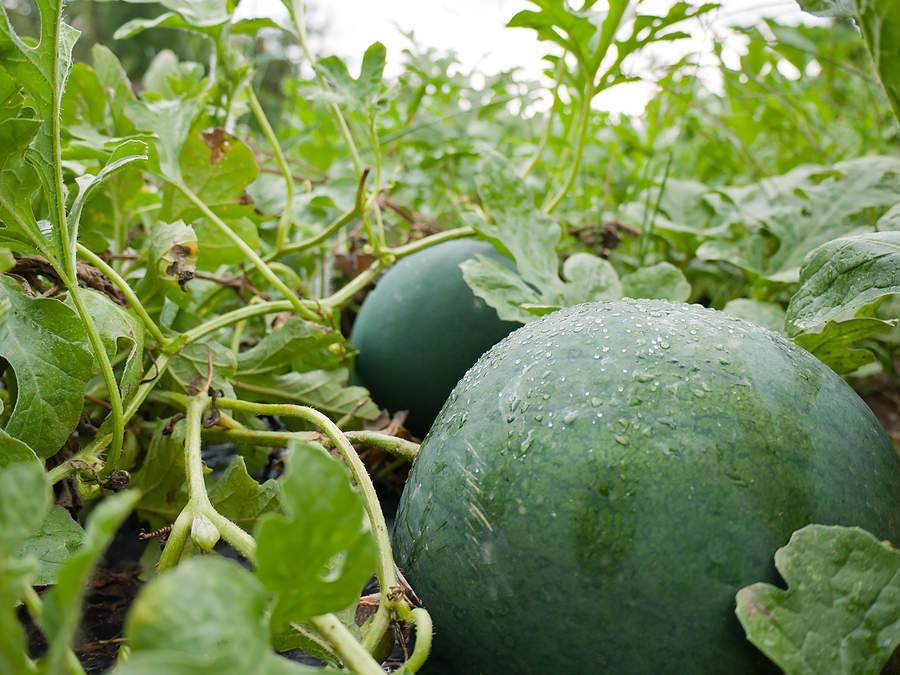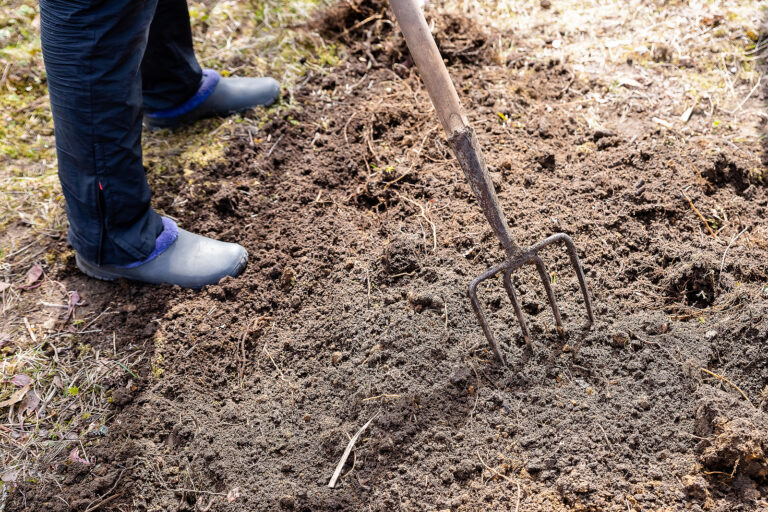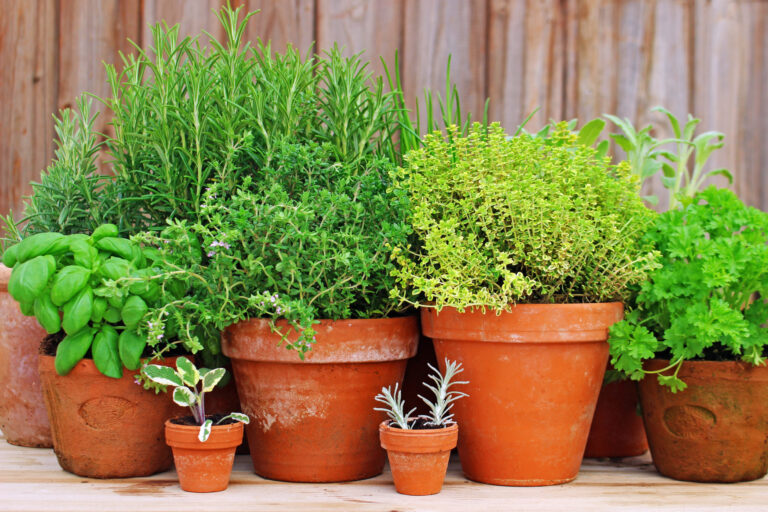Companion Planting for Watermelons: What Works and What Doesn’t
Companion planting can be a game-changer for home gardeners growing watermelons. By choosing the right neighbors in your garden bed, you’ll improve pollination, suppress weeds, deter pests, and even enrich the soil. Here’s a guide to the best—and worst—companions for your watermelon patch, tailored for organic, low-input gardens like those featured on HarvestToTable.com.
Why Companion Planting Matters for Watermelons
Watermelons are heavy feeders with sprawling vines and shallow roots. They benefit from:
- Improved pollination, since bees and beneficial insects are attracted to certain flowers.
- Natural pest control, when “trap crops” or insect-repellent plants draw pests away.
- Weed suppression and moisture retention, via ground-cover companions.
- Soil health enhancement, by pairing with nitrogen-fixers or deep-rooted plants.
Top Companion Plants for Watermelons (and Why They Work)
| Companion | Benefit | Planting Tip |
|---|---|---|
| Corn | Provides windbreak and partial shade; vines can climb between stalks. | Plant in blocks, not single rows, to improve pollination. |
| Beans | Fix nitrogen in the soil, boosting nutrients for heavy-feeding vines. | Sow bush beans at edges, away from vine traffic. |
| Radishes | Serve as a trap crop for flea beetles and cucumber beetles. | Sow radish seeds in rows between watermelon vines. |
| Nasturtiums | Attract aphids away from watermelons; flowers draw pollinators. | Interplant throughout the patch; edible flowers add interest. |
| Marigolds | Release compounds that deter nematodes and many soil pests. | Plant around the perimeter as a living mulch. |
| Borage | Attracts pollinators and predatory insects (hoverflies, wasps). | Scatter among vines once flowering begins. |
Secondary Companions and Ground Covers
- Clover or Vetch (cover crops) — adds organic matter, fixes nitrogen, and suppresses weeds when grown in fallow areas.
- Oregano or Thyme — low-growing herbs that act as living mulch, conserving moisture and deterring insects.
- Sunflowers — can serve as trellises for young vines and attract pollinators; remove once vines start sprawling.
Plants to Avoid Near Watermelons
| Plant | Reason |
|---|---|
| Potatoes | Attract Colorado potato beetles and can spread blight to cucurbits. |
| Cucumbers & Squash | High risk of cross-disease (powdery mildew, downy mildew) and shared pests. |
| Fennel | Inhibits growth of most garden plants, including watermelons. |
| Melons (other types) | Compete directly for nutrients, water, and pollinators; encourage disease. |
Seasonal Planting Strategy
- Early Spring (Bed Prep): Sow clover or vetch as a cover crop in fall/winter; incorporate as green manure before planting watermelons.
- Transplant Time: Plant corn and bean “guilds” together in blocks. Sow radishes and nasturtiums between hills.
- Flowering Phase: Add borage and marigolds to boost pollinators and beneficial insects.
- Fruit Development: Maintain living mulches (oregano/thyme) around vine edges to conserve moisture. Remove any companions that compete too heavily for water.
Tips from the Garden
- Block Planting over Rows: Group companions in blocks to create micro-ecosystems; this improves pest control and pollination more than single rows.
- Staggered Planting: Sow quick-maturing radishes and nasturtiums after vine establishment to extend pest-repellent benefits.
- Observation: Walk your patch weekly. Note which companions are thriving and which may need replacement or relocation.
By thoughtfully pairing watermelons with supportive companions—and steering clear of antagonistic plants—you’ll create a healthier, more resilient garden ecosystem. The result? Bigger yields, sweeter fruit, and a lower-maintenance patch that works with nature, not against it.
Watermelons Overview Post:
How to Grow Watermelons from Seed to Harvest: Ultimate Guide for Sweet, Juicy Success
Melons Overview: The Ultimate Guide to Growing Melons: From Planting to Harvest
Related Posts:
Starting Watermelons Right
- When and How to Start Watermelons: A Seed-Starting Guide
- Watermelon Temperature Needs: Warmth, Frost, and Growth Milestones
- Soil Prep and Mulching Tips for Healthy Watermelons
Planting & Space Planning
- How Much Space Do Watermelons Need?
- Growing Watermelons in Containers: Tips for Small Gardens
- Growing Watermelons Vertically: Tips for Small Gardens
- Companion Planting for Watermelons: What Works and What Doesn’t
Watermelon Care Through the Season
- Caring for Watermelon Plants Through the Season
- Watering Watermelons: How Much and How Often
- How to Feed Watermelons: Fertilizer Schedules and Organic Options
- Watermelon Pollination Tips: Helping Watermelons Set Fruit
Dealing with Pests and Diseases
Knowing When to Harvest
Choosing the Right Varieties
- Watermelon Varieties by Size: From Personal Melons to Giants
- Top Watermelon Varieties for Short Growing Seasons
- Best Long Vine Watermelons for Large Gardens
- Best Watermelon Varieties for Small Spaces (Bush & Short Vines)
- How to Grow Seedless Watermelons Successfully
Enjoying the Harvest







